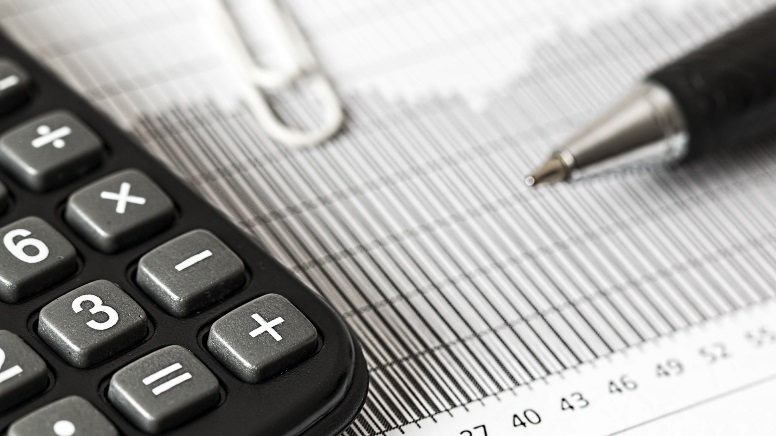Career & Legal Advice
Calculation of fees when self-employed

What are you worth? As a self-employed person you’ve probably asked yourself many times. There is no fixed hourly rate or fee for self-employed consultants. It is a question of negotiations between you and your customer.
However, a recommended point of departure for your fee could be 2½-times the average hourly rate for a privately employed engineer, MSc or someone else who graduated at the same time and with the same education could earn.
If you have registered for VAT, you should remember to add VAT, and this should be noted in the contract.
If you need assistance with VAT and taxation, you can book a free meeting with accountant firm Lysehøj as an IDA-member.
Use IDA's fee calculator
IDA has prepared a fee rate calculator so you can calculate what level your fee and thus the hourly rate should be.
Based on your calculation, you can be more confident when pricing your services.
Please note that the calculator is in Danish for the time being.
Why is your hourly rate so high?
When you tell people who are not self-employed how much you earn per hour, perhaps you’ve seen some raised eyebrows. But they probably don’t know that the self-employed themselves have to pay everything that an employee often takes for granted, and therefore you have to include this in the calculation of your fee:
- Holiday pay
- Sickness
- Continuing training and courses
- Pension
- Insurance
- Office equipment and stationary, cleaning, rent etc.
Furthermore, you should take account of expenses for travelling and the time this takes, either in your fee or in your consultancy agreement with your customer.
How to use IDA's payroll tools as a self-employed person
As an IDA member, you have access to a number of salary tools such as IDA's salary statistics and IDA's company statistics, which you can use as a self-employed person to calculate an appropriate salary level for a profile such as yours. We have created a guide for how you can best use IDA's salary tools to determine your fee as a self-employed person.
Important for you as a consultant:
A part of
Career & Legal AdviceLegal counselling at IDA
IDA provides legal advice for the self-employed and freelancers, and for those who are employees and self-employed at the same time. Get legal counselling.